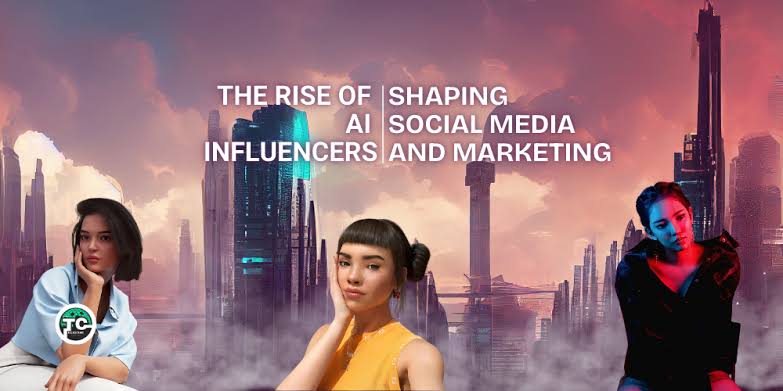Virtual influencers—artificially generated personalities that engage, entertain, and sell—are currently spearheading the influencer marketing revolution, outpacing their human counterparts in reach and marketability. Online celebrities by 2025 are not only transforming brand strategies but also driving the influencer market to unprecedented heights.
Key Highlights
Dynamite Market Expansion:
The global virtual influencer market will increase from $11.26 billion in 2025 to $45.35 billion in 2029 with a staggering CAGR of over 41%. Up to 30% of influencer marketing budgets will be invested in virtual influencers by 2026.
Brand Control and Consistency:
Brands are looking towards virtual influencers for their total control over messaging, 24/7 availability, and no possibility of PR blunders. These AI avatars can be scripted to perfection, never go out of style, and are not subject to human unpredictability.
Technological Advances:
Advancements in natural language processing, deep learning, and AI allow virtual influencers to deliver hyper-personalized, immersive experiences. They can now host live Q&As, collaborate with actual creators, and even produce "live" content, blurring the lines between the physical and the digital.
Social Commerce Integration
Virtual influencers drive the social commerce revolution, seamlessly guiding fans from inspiration to buy via shoppable content on social media platforms like TikTok, YouTube, and Instagram.
Fashion and Retail Transformation:
Big fashion houses like Mango and H&M have launched campaigns with AI-generated avatars and digital twins, lowering production costs and accelerating campaign releases. The digital models are revolutionizing the $2.5 trillion fashion industry and sparking authenticity and representation debates.
Global Popularity:
They are Lil Miquela (USA), Imma (Japan), Rozy (South Korea), and Ayayi (China), whom all have millions of followers and lucrative brand partnerships.
Ethical and Legal Issues With growing popularity of virtual influencers, transparency, consent, remuneration, and diversity concerns are making inroads. Brands are being urged to label AI-created content prominently to maintain consumer trust and deal with evolving regulations. The Bottom Line Virtual influencers are no longer new—they are an influencer marketing force to be reckoned with, offering brands freedom of creativity, affordability, and worldwide reach. As AI avatars become ever more real and interactive, their influence will only grow, changing the way brands reach digital-natives and the future of influencer marketing.
Source: State of Virtual Influencers 2025 (Twimbit), Pulse Advertising, Hypefy, Economic Times Brand Equity, EIN Presswire

